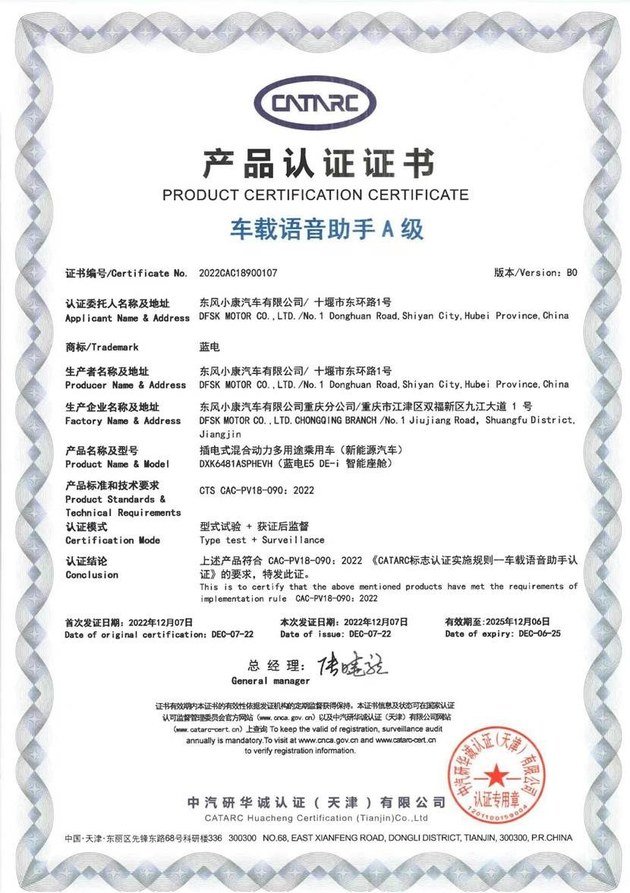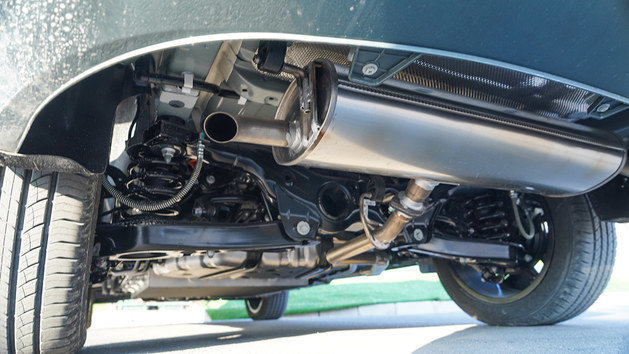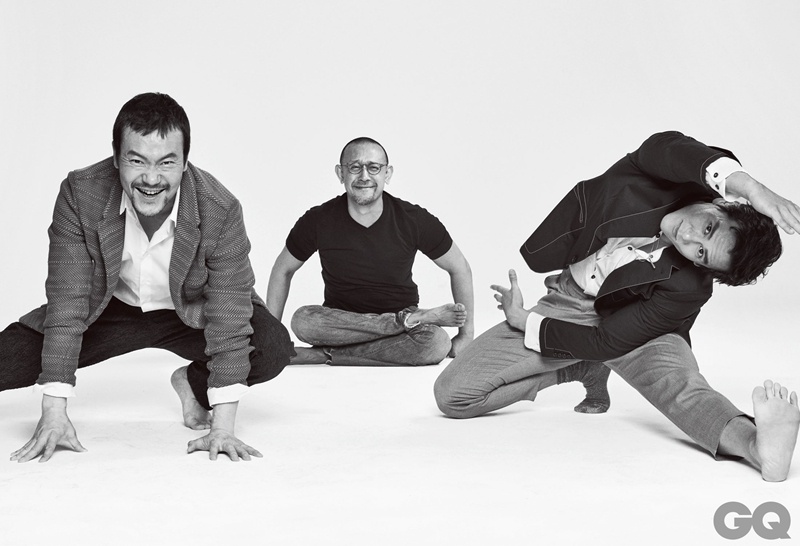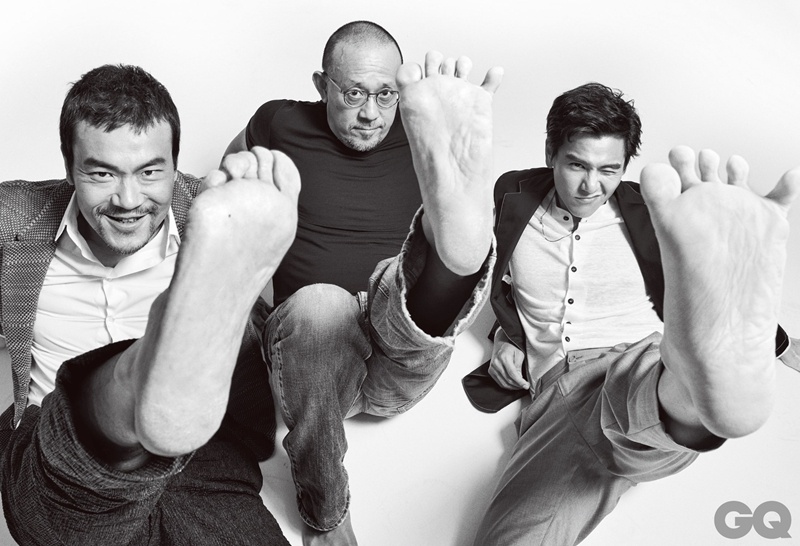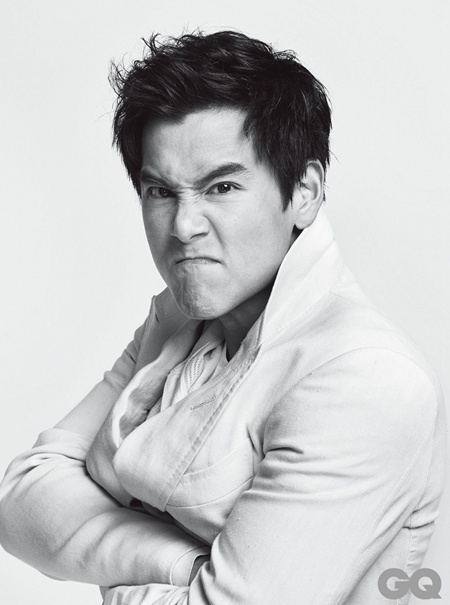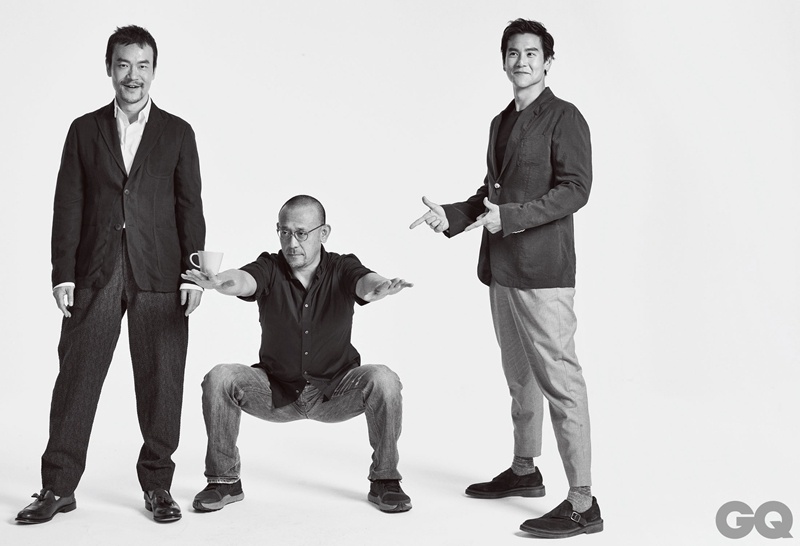The high-end configuration allows the E07 to reach new heights in terms of handling and comfort.
As a new achievement of Changan intelligent manufacturing, Changan Automobile Digital Intelligence Factory provides advanced and valuable practical experience for the transformation of China’s automobile manufacturing industry, and is expected to become a new high ground for intelligent automobile manufacturing in the future. "Changan Qiyuan E07 has three body variable functions of" SUV, pickup truck, coupe ", solid quality foundation and integrated super intelligent experience. It is expected that its starting price is not less than 300,000 yuan. The future can be expected.
Changan Digital Intelligence Factory is the largest black light factory in Asia. Together with Huawei and China Unicom, it has built a unified digital base, using 5G + WiFi 6 communication technology, Internet of Things, edge computing, Beidou regional spatial positioning and other advanced technologies to realize the digital twin of the factory. The first production here is Changan’s high-end luxury models, including Changan Qiyuan E07, and the new products that Avita will release soon.
Smart Factory
Stamping workshop: The stamping production line of the stamping workshop of Changan Shuizhi Factory has been 100% automated. It is the first steel-aluminum mixed production line of Changan’s own brand, and can flexibly respond to the production needs of different materials – steel and aluminum plates.
Welding workshop: The degree of automation in the workshop has been increased to more than 95%, with a total of 185 welding stations and 471 automated robots widely distributed throughout the workshop to improve the accuracy of welding operations. At the same time, for the strength of the body side circumference, the stamping workshop adopts the most advanced integrated thermoforming technology in the industry, which increases the strength of the side circumference inner panel to 2-3 times that of the ordinary car side circumference inner panel.
The first fully automated flexible and unmanned die-casting production workshop in China mainly includes five major processes: melting, die-casting, post-processing, machining, and assembly. It has four 7700-ton die-casting machines. The industry-leading front and rear integrated die-casting process adopted by Changan Qiyuan E07 realizes the integration of 163 parts into 2 parts, and the casting time is only 110 seconds.
Painting workshop: Innovatively introduced the first water-based environmental protection 3C2B process coating line in Changan. This cutting-edge technology not only greatly improved product quality, but also made significant breakthroughs in environmental performance.
Battery workshop: integrates four core processes, including assembly, gluing, welding, and testing. With 235 sets of state-of-the-art equipment, 100% automated production is achieved in the pre-assembly section, and the pre-assembly area is fully automated. It is the largest black light factory in Asia, showcasing the strength of Changan Shuizhi Factory to the extreme.
Final assembly workshop: The main line has a total of 183 stations, which work together, and a car can be rolled off the assembly line in only 60 seconds. In addition, it is also equipped with an innovative software filling platform, which is vividly called the "software gas station". With the advanced 5G + WIFI 6 technology, the platform can complete 15-18G data filling in just 30 minutes. Compared with the online swiping speed of 200MB per second of traditional car companies, the efficiency of Changan Digital Intelligence Factory has been significantly improved.
So how about Changan Qiyuan E07?
The exterior design of Changan Qiyuan E07 combines modern aesthetics and practicality. The design of its closed front face and rhombus headlights not only highlights the characteristics of new energy models, but also gives the vehicle a dynamic and fashionable appearance. The increase in body size not only makes the vehicle more powerful visually, but also lays the foundation for the improvement of riding and storage space.
From the side, this model combines the characteristics of an SUV and a pickup truck. The roof line shows a clear back-slicker shape, and the roof is also equipped with two sturdy luggage racks. In terms of body size, the length and width of the new car are 5045/1996mm, 1640/1665/1695mm, and the wheelbase is 3120mm. The rear part of the car adopts the popular large-tilted back-slicker coupe shape. The shape of the through-type taillight is inspired by the Type-C interface, which is characterized by distinct features. The blackened rear surround effectively enhances the layered feeling of the rear of the car.
After the dome slides open the design shows the "unlimited height" loading capacity, whether it is large furniture or camping equipment, it can be easily loaded. The rear cabin of the E07 can carry a maximum weight of 300kg, which is almost the weight of 5 adults, and it can also make people unscrupulously dance in the rear cabin.
In terms of interior, it adopts the current popular minimalist design. The light-colored interior and double-spoke steering wheel look very fashionable. Equipped with a floating center control screen, the center console and lower part are equipped with ambient lights, and the sub-dashboard area is equipped with a cup holder and a wireless charging panel for mobile phones. In addition, it is also equipped with an advanced intelligent software system and has artificial intelligence characteristics, which can well understand and meet the individual needs of users. In terms of seat layout, Changan Qiyuan E07 provides flexible and changeable options, with 6-seat and 7-seat configurations, and a forward-opening rear door design to meet different family and business needs.
In terms of power, Qiyuan E07 is even more uncompromising. Built on the 800V SDA platform, it provides a variety of power options for two- and four-wheel drive, extended range and pure electricity. The maximum power of the two-wheel drive version is 252kW, the maximum horsepower is 343 horsepower, and the speed of the top speed car can reach 201km/h; the maximum power of the front and rear motors of the four-wheel drive version is 188kW/252kW, the maximum power is 440kW, and the maximum horsepower is 598 horsepower. Whether it is the pursuit of speed or energy saving, the E07 can meet your needs.
And its "golden bell jar" ternary lithium battery makes the cruising range reach an astonishing 1000km. In addition, high-end configurations such as all-aluminum chassis, CTV battery body integration technology, and CDC variable damping shock absorber make the E07 reach a new height in handling and comfort.
As a new achievement of Changan intelligent manufacturing, Changan Automobile Digital Intelligence Factory provides advanced and valuable practical experience for the transformation of China’s automobile manufacturing industry, and is expected to become a new high ground for intelligent automobile manufacturing in the future. "Changan Qiyuan E07 has three body variable functions of" SUV, pickup truck, coupe ", solid quality foundation and integrated super intelligent experience. It is expected that its starting price is not less than 300,000 yuan. The future can be expected.












































